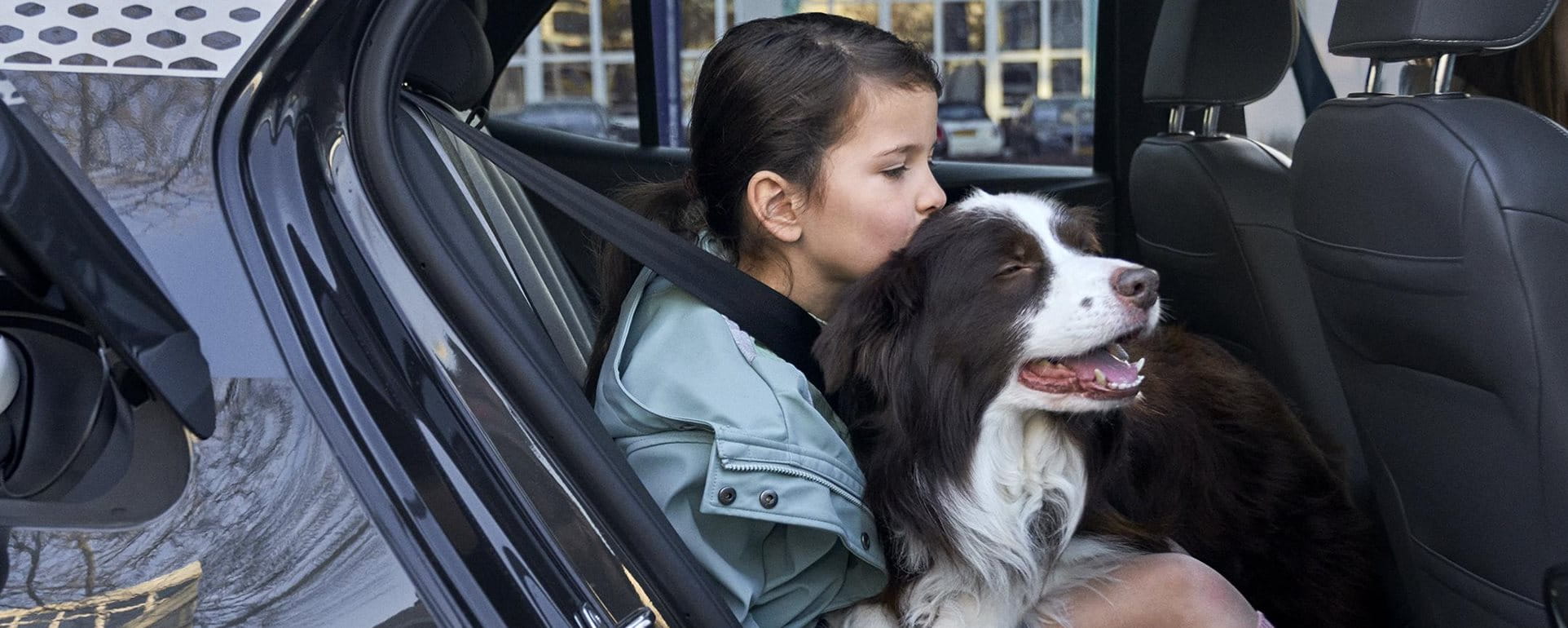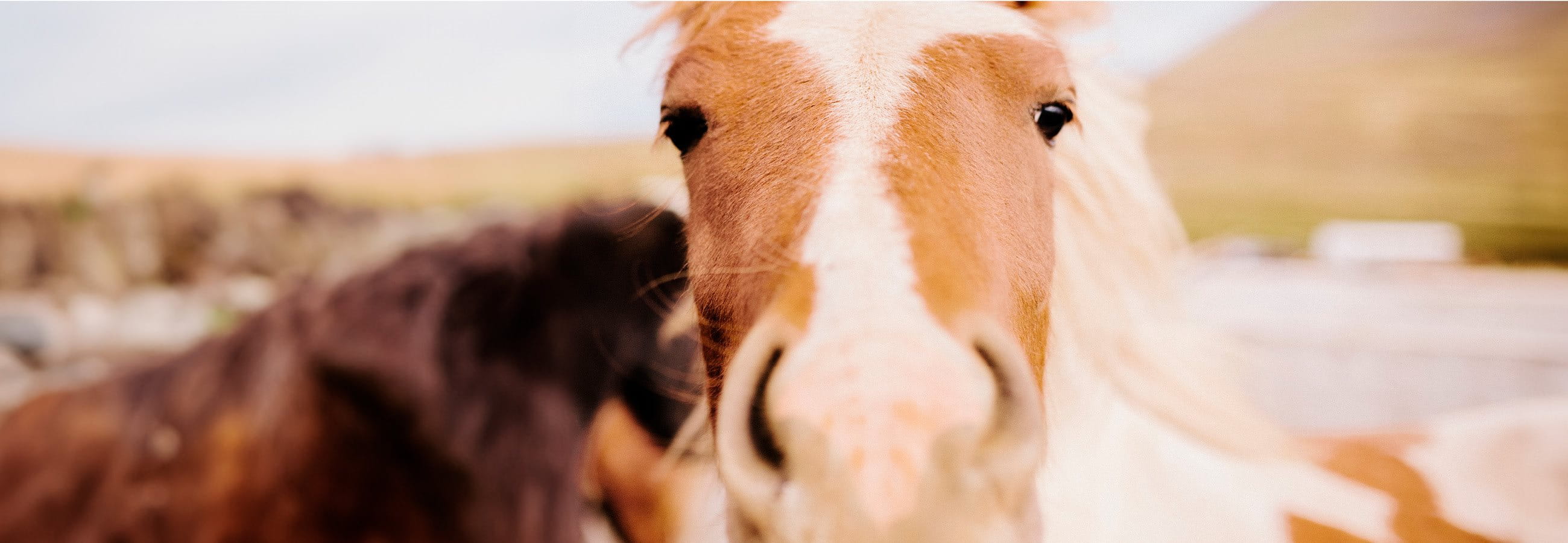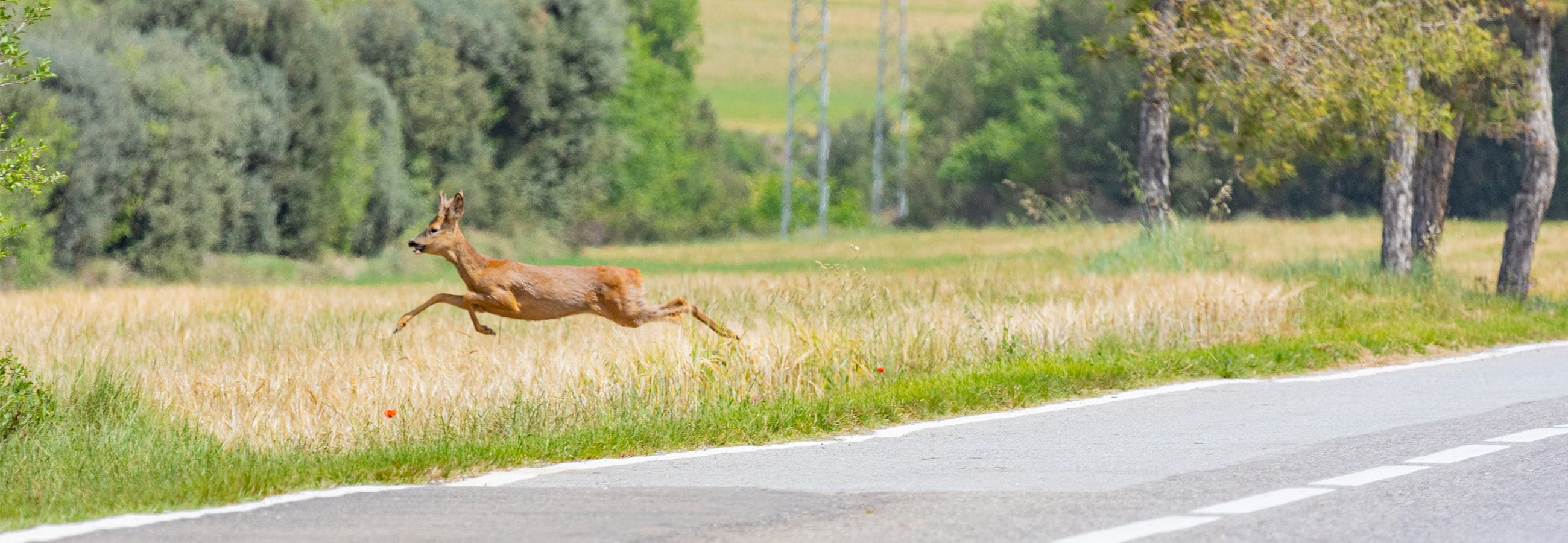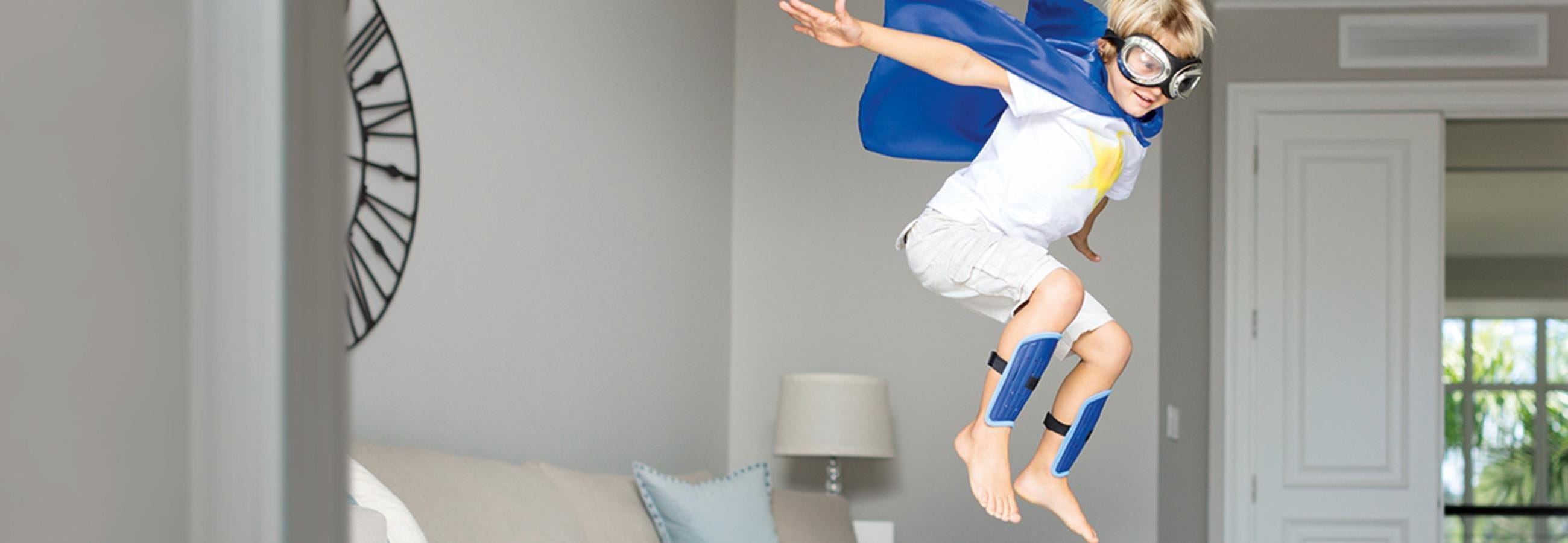If you travel abroad with your pet, you should find out early which regulations apply in the country in question. For instance, some dog breeds are not allowed to enter Denmark. In any case, you should bring along a vaccination card for every animal accompanying you and clarify whether your pet needs to be vaccinated against only rabies or against other diseases as well.
Whether you are just going to the grocery store or taking a vacation abroad, ask yourself every time whether the trip is also appropriate for your pet. Some four-legged friends are real globetrotters, but some would spend the time much more relaxed with a nice neighbor, with a kind cat-sitter, or if need be in a good pet boarding facility. That will take care of all your worries on the road, and it might even be an exciting change of pace for your dog or cat.



